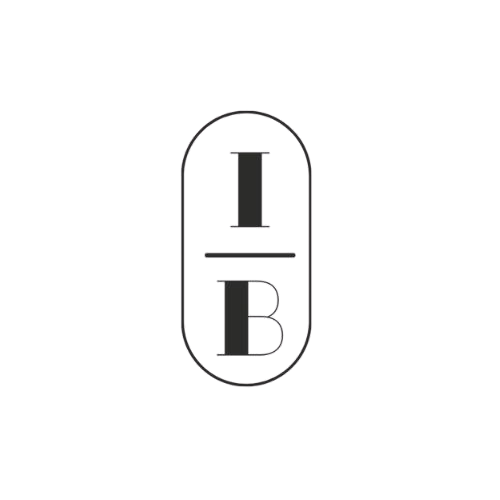Facial Balancing 101
WRITTEN BY KATY BUTKOVICH, FOUNDER & NURSE PRACTITIONER
What is Facial Balancing?
There is a lot of buzz around facial balancing in aesthetics, and for good reason! We as providers are shifting away from only treating one area of the face and moving towards a global assessment of the entire face to bring in better balance and harmony which yields a more natural look.
Facial balancing is the concept and aesthetic practice that focuses on creating harmony and proportion among different features of the face. The goal is to make features feel balanced and look aesthetically pleasing together.
What to Expect?
Typically facial balancing appointments start with a consultation. During that consultation your injector will assess the face/skin from two or more vantage points: frontal, 45 degree, and side profile. By looking at these angles, an experienced injector will be able to analyze what treatments the patient would benefit from. (chin filler, cheek filler, lip filler, etc). It is important to keep in mind that natural symmetries are beautiful and we all have them; the two sides of the face are cousins, not twins. Using dermal fillers during facial balancing we can enhance natural features and somethings soften some asymmetries.
Once you and your injector have come up with a treatment plan we then move forward and inject the areas discussed, typically at an appointment scheduling outside of the consultation. Dermal fillers include lidocaine in them to help with discomfort. Patients can sometimes have some bruising and swelling after dermal filler injections, especially in the lips.
How we Balance the Face..
Injectors often use a few different measurements to analyze the face: The Ogee Curve, The Ricketts esthetic line, and the rule of horizontal thirds are all widely used. The rule of horizontal thirds is simply dividing the face into the upper, middle, and lower face to see if there can be any adjustments made to make those areas more equal - typically chin filler is used here.
The Ricketts line is drawn from the tip of the nose to the chin when looking at someone's side profile. For an ideal balanced profile, according to Dr Ricketts (an orthodontist whom this is named after), the upper lip should be about 4 millimeters behind the line, and the lower lip about 2mm behind it. If you draw the line this way, and the line is not touching the chin, the chin can be considered "weak" and adding chin filler is a great option for facial harmony.
The Ogee Curve refers to cheek filler and the beautiful S-shaped curve that we want to see when we look at a 45 degree angle. This natural curve is a sign of youth and balance but it can flatten over time due to volume loss. One of the many beauties of dermal filler is that we are able to replace the volume of the face that we lose as we age in addition to bringing facial balance and harmony to the areas that need an extra boost!
Aftercare
Refrain from touching the treatment areas, applying pressure and avoid makeup for the remainder of the treatment day to reduce risk of infection. Avoid extreme heat: saunas, hot tubs, hot yoga and strenuous exercise as these may increase discomfort and swelling. Flying shortly after may increase swelling from the pressure. You may take acetaminophen/tylenol for pain, aspirin/ibuprofen may cause increased bruising.
If you are considering facial balancing we are more than happy to consult with you about possible treatment options. Feel free to reach out to our front desk at 920-600-8607 or schedule online!
